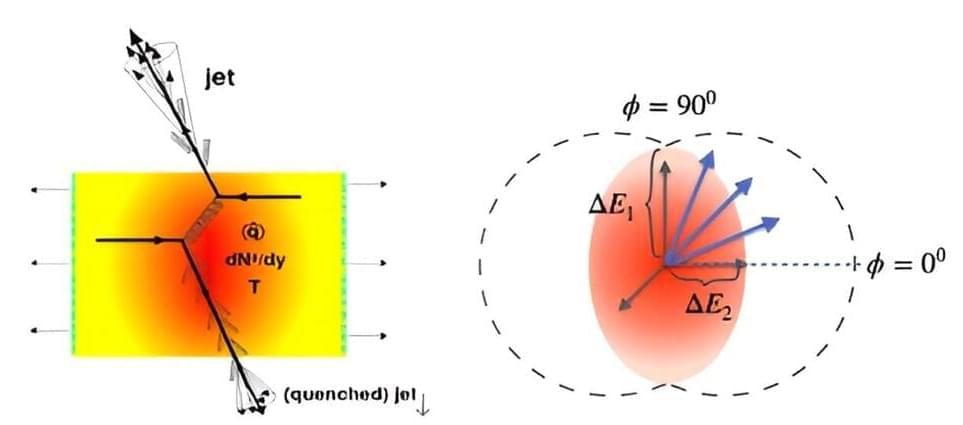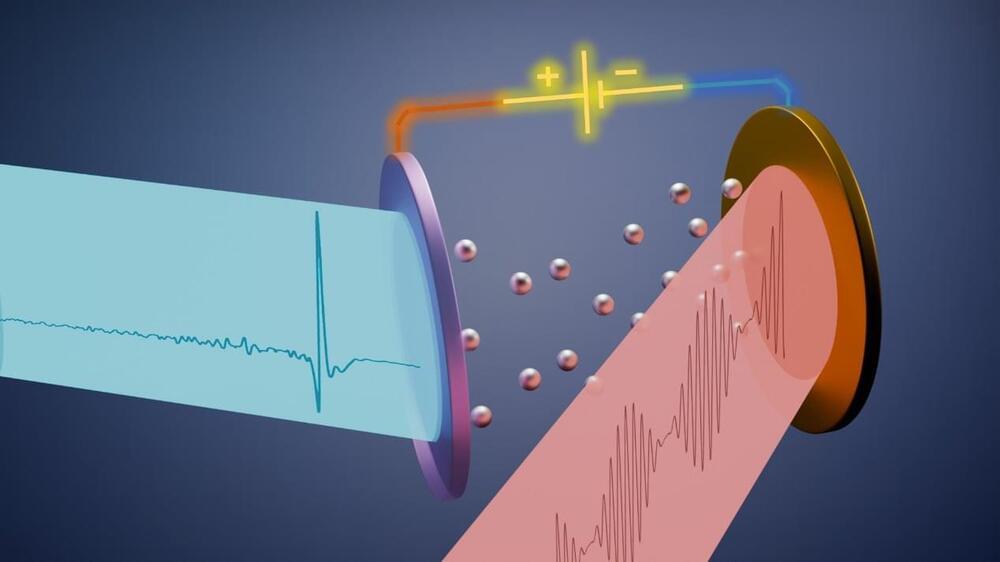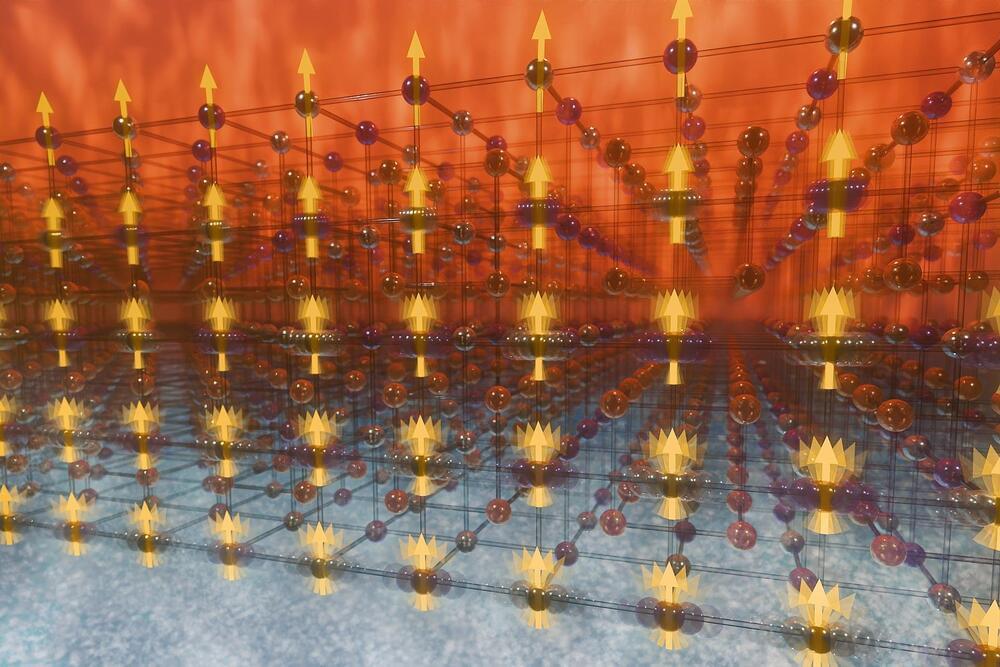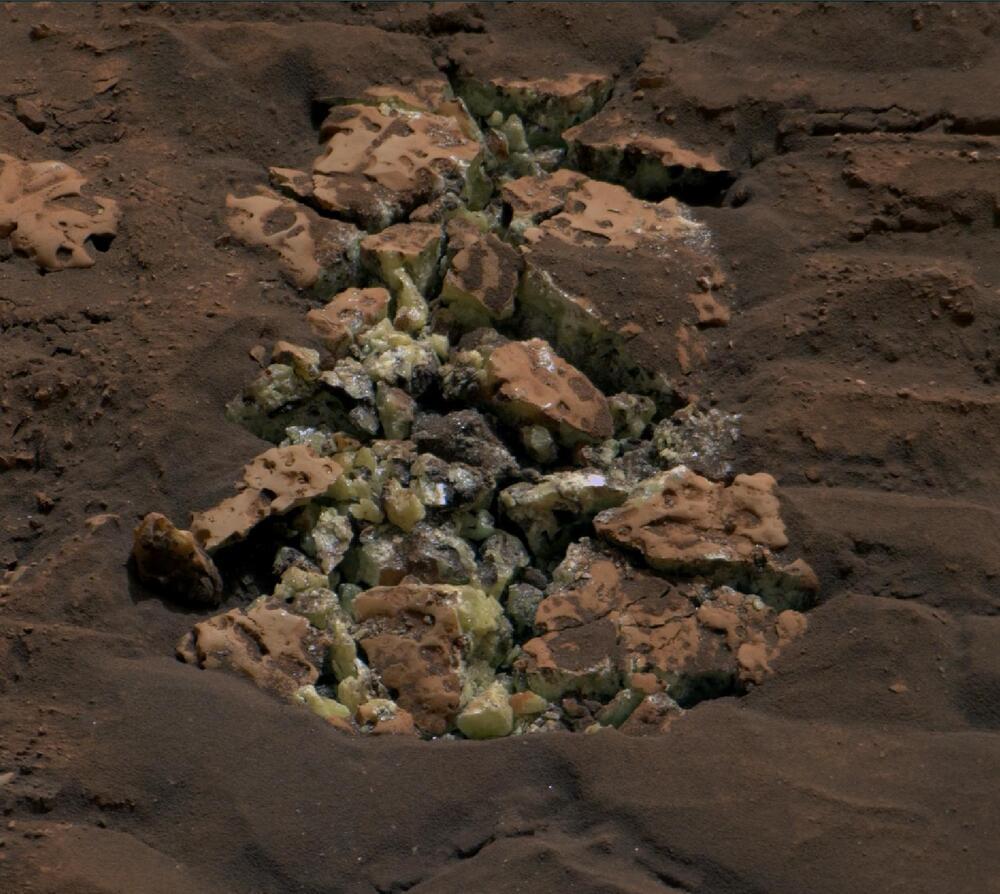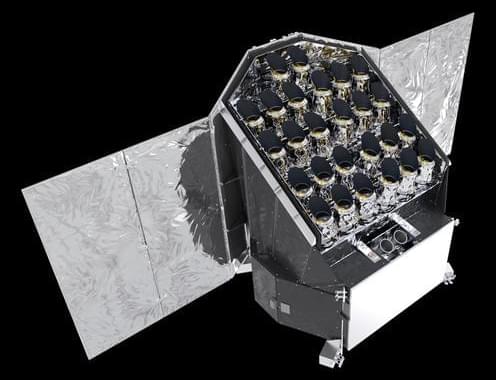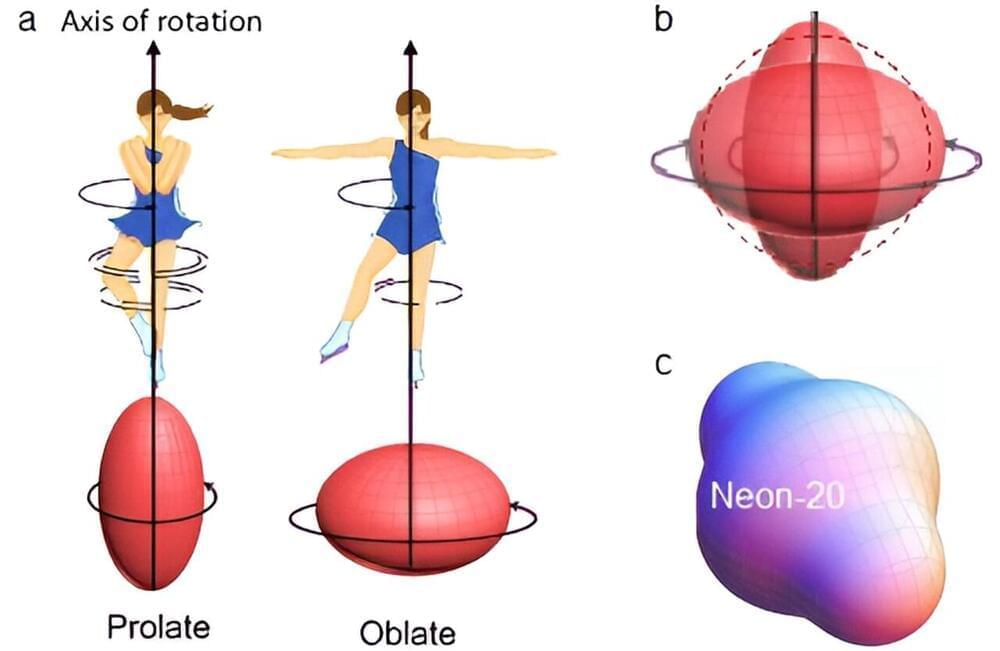
In previous research, measurements found that for fast rotations, for example in nuclei like neon-20 or chromium-48, the energy for spinning changes unexpectedly. Scientists attributed this to an anomalous increase in the moment of inertia for fast rotations, likely due to the nuclear matter bulging out. Earlier models suggested that fast-rotating nuclei ultimately become spheres, but newer models have found deformed shapes. Now, large-scale simulations of atomic nuclei have revealed surprising new explanations of the elusive physics of fast-spinning nuclei.
For the first time in nearly 50 years, scientists accurately calculated the moment of inertia and studied its hypothesized anomalous increase through state-of-the-art simulations of nuclei. The simulations for neon-20 replicate the energy measurements. Remarkably, however, the simulations do not find the anomalous increase. Instead, they reveal a change in the interior of the nucleus.
Similar microscopic simulations for chromium-48 confirm this surprising result. Furthermore, the results resolve the long-lasting question of whether a prolate nucleus that starts to quickly spin becomes spherical or oblate. This research, published in Physical Review C, shows that several competing shapes emerge, some prolate and some oblate, which on average appear spherical.
